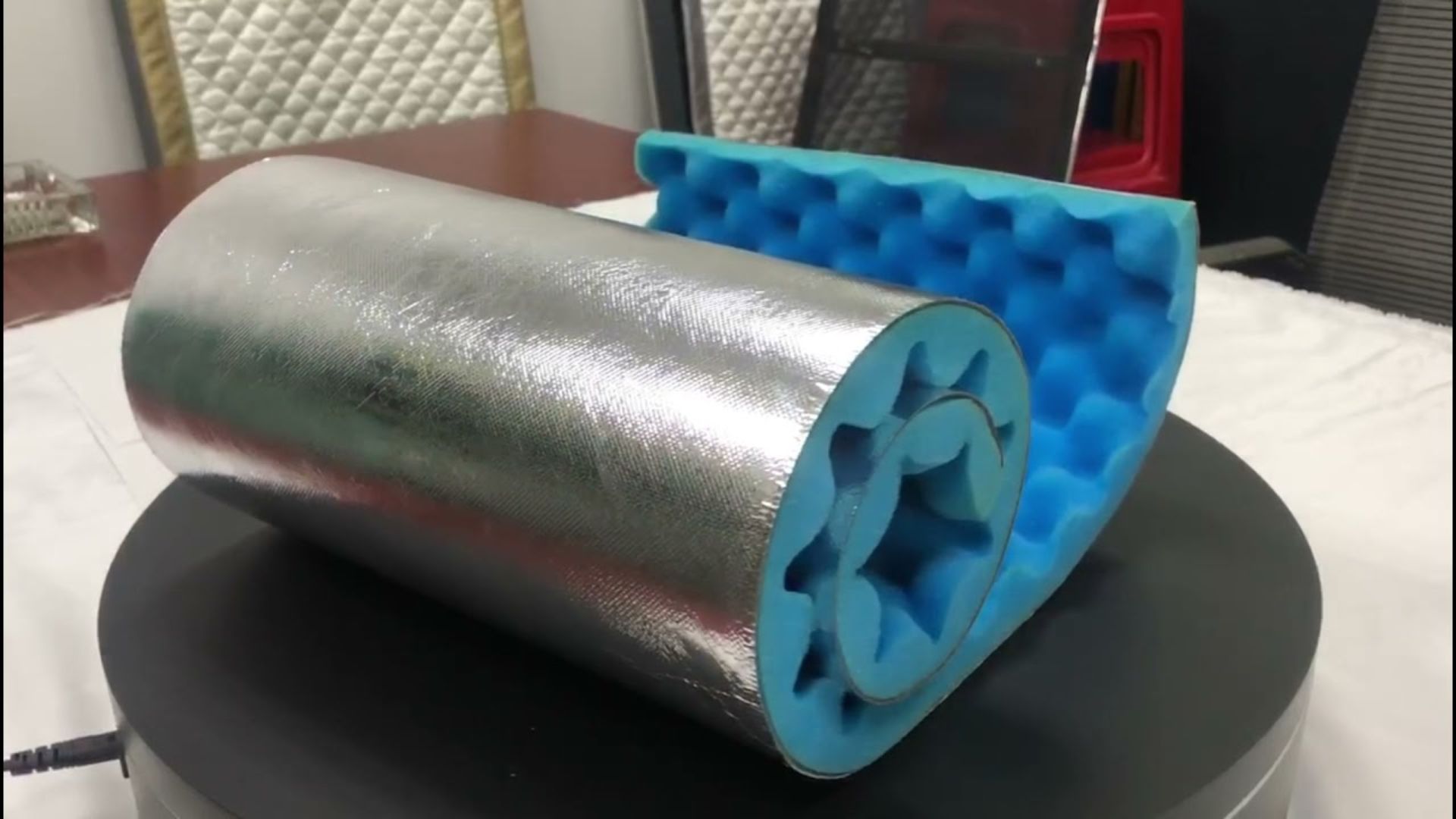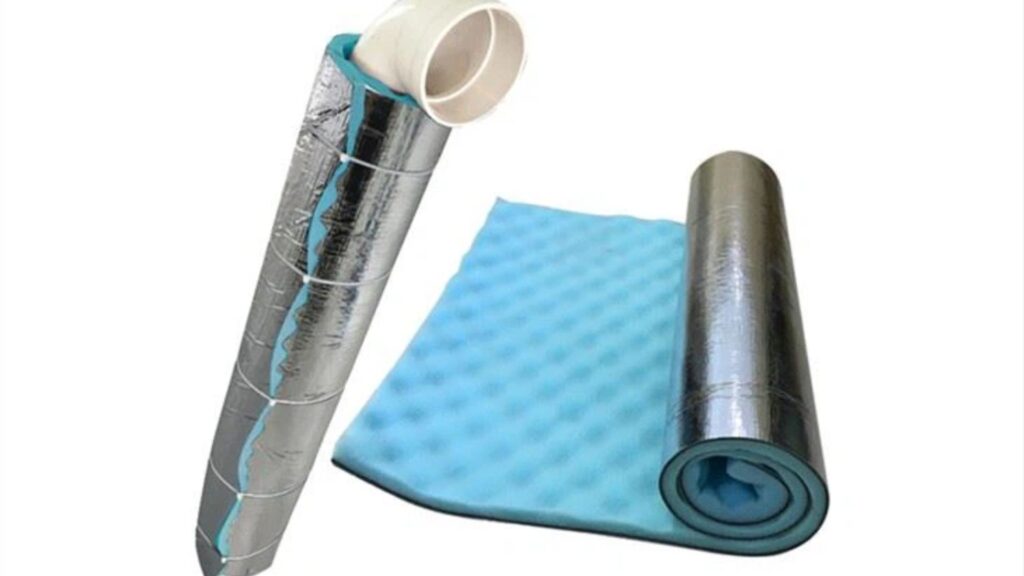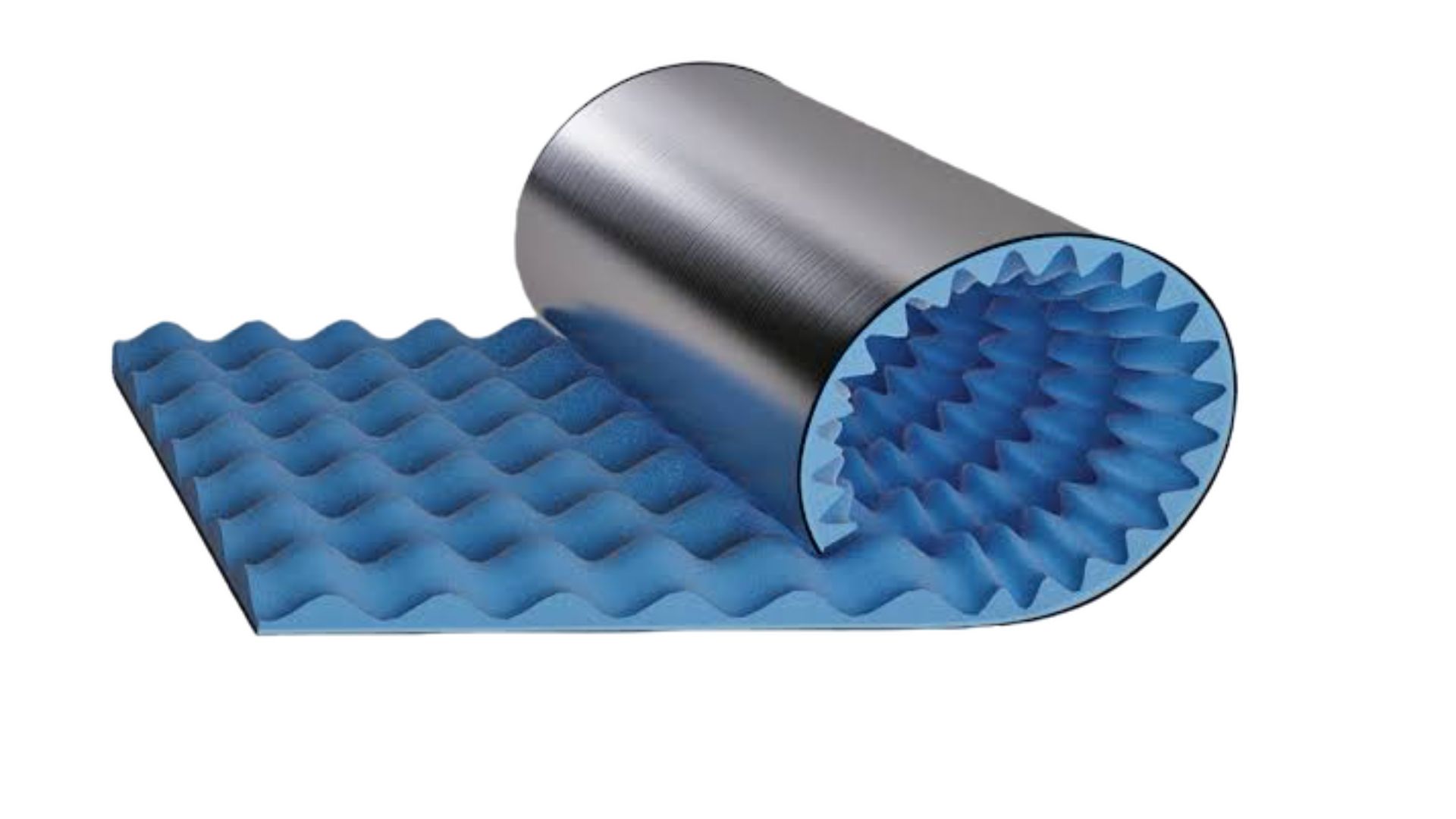In building construction, controlling noise is essential for creating comfortable and functional spaces. One effective method to manage sound is through Pipe Acoustic Lagging. This technique addresses the often-overlooked noise generated by plumbing and HVAC systems. PERFECT ACOUSTICS, a leading firm in the MENA region specializing in noise control and acoustics, provides advanced solutions for pipe acoustic lagging to ensure optimal sound insulation in buildings.

What Is Pipe Acoustic Lagging?
Pipe acoustic lagging involves wrapping pipes with sound-absorbing materials to reduce noise transmission. These materials are typically dense and flexible, designed to both absorb sound and dampen vibrations. The primary goal is to minimize the noise caused by water flow, HVAC systems, and other mechanical operations within the building’s pipework.
How Pipe Acoustic Lagging Works?
Pipe acoustic lagging works by:
Sound Absorption
- Materials: Lagging materials, such as foam, mass-loaded vinyl, and mineral wool, have high sound absorption properties.
- Mechanism: These materials trap sound waves generated by water flow and mechanical systems, converting sound energy into a negligible amount of heat, thus reducing noise.
Vibration Damping
- Reduction of Vibrations: Lagging materials also dampen vibrations caused by the movement of fluids and mechanical operations within pipes.
- Barrier Effect: By adding mass to the pipe system, lagging materials create a barrier that blocks sound from traveling through the building structure.
Importance of Pipe Acoustic Lagging in Building Construction
Pipe acoustic lagging offers several significant benefits:
Noise Reduction
- Quiet Environments: Reduces the transmission of noise between rooms and floors, creating quieter and more comfortable living and working environments.
- Minimized Disturbance: Essential in residential buildings, hotels, hospitals, and offices where noise can cause significant disturbance and discomfort.
Compliance with Regulations
- Building Standards: Many building codes and regulations require specific noise control measures to be in place. Acoustic lagging helps meet these standards, ensuring compliance and avoiding potential legal issues.
Enhanced Property Value
- Desirable Feature: Buildings with effective noise control are more attractive to buyers and tenants, increasing property value and marketability.
- Long-Term Investment: Investing in acoustic lagging can lead to long-term savings by reducing the need for future soundproofing modifications.
Improved Occupant Comfort
- Better Living Conditions: Reduces noise pollution, leading to improved comfort and satisfaction for occupants.
- Stress Reduction: Lower noise levels contribute to reduced stress and enhanced well-being, especially in residential and healthcare settings.
Applications of Pipe Acoustic Lagging
Pipe acoustic lagging is applicable in various building types:
- Residential Buildings: Ensures quiet living spaces by reducing noise from plumbing and HVAC systems.
- Commercial Buildings: Enhances workplace comfort by minimizing noise disruptions in offices and meeting rooms.
- Healthcare Facilities: Crucial for creating a serene environment in hospitals and clinics, aiding in patient recovery and staff efficiency.
- Hotels: Improves guest satisfaction by reducing noise from bathrooms and mechanical systems.
Installation and Maintenance
Installing pipe acoustic lagging involves:
- Assessment: Identifying noisy pipes and selecting appropriate lagging materials based on the specific requirements of the building.
- Application: Wrapping pipes with lagging materials, ensuring a tight fit to maximize noise reduction.
- Maintenance: Lagging materials are durable and require minimal maintenance, though periodic inspections can ensure ongoing effectiveness.
Conclusion
Pipe acoustic lagging is a crucial element in building construction, significantly improving noise control and occupant comfort. By investing in high-quality lagging solutions from PERFECT ACOUSTICS, builders and property owners can ensure quieter, more compliant, and more valuable properties. For expert advice and tailored solutions, contact PERFECT ACOUSTICS today and discover how pipe acoustic lagging can enhance your building projects.


